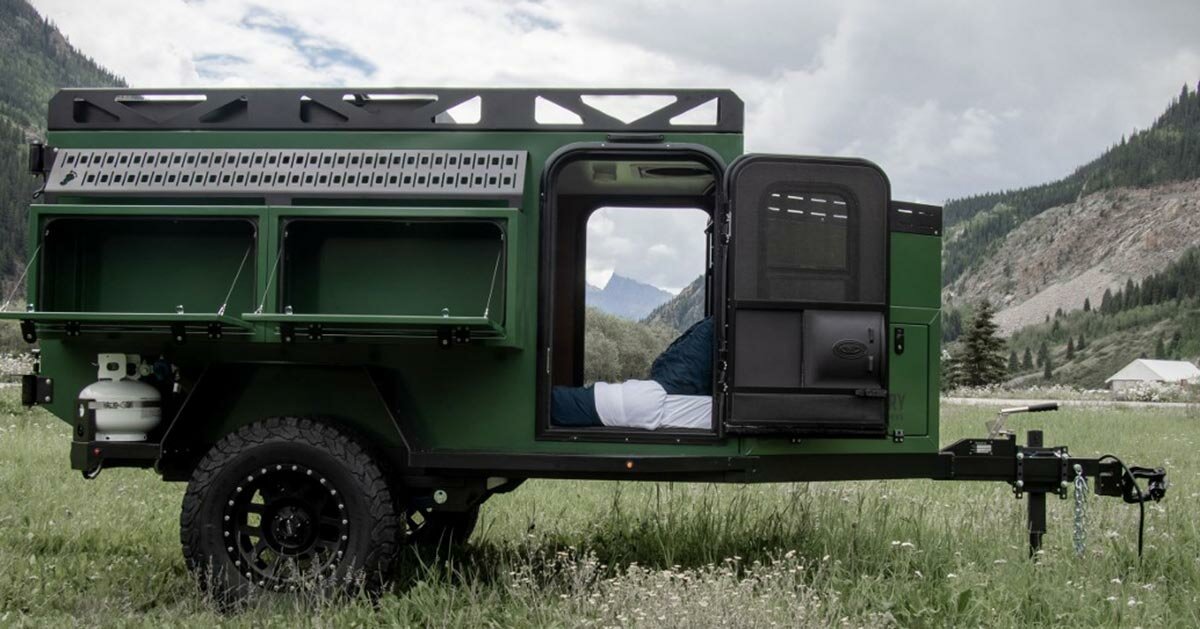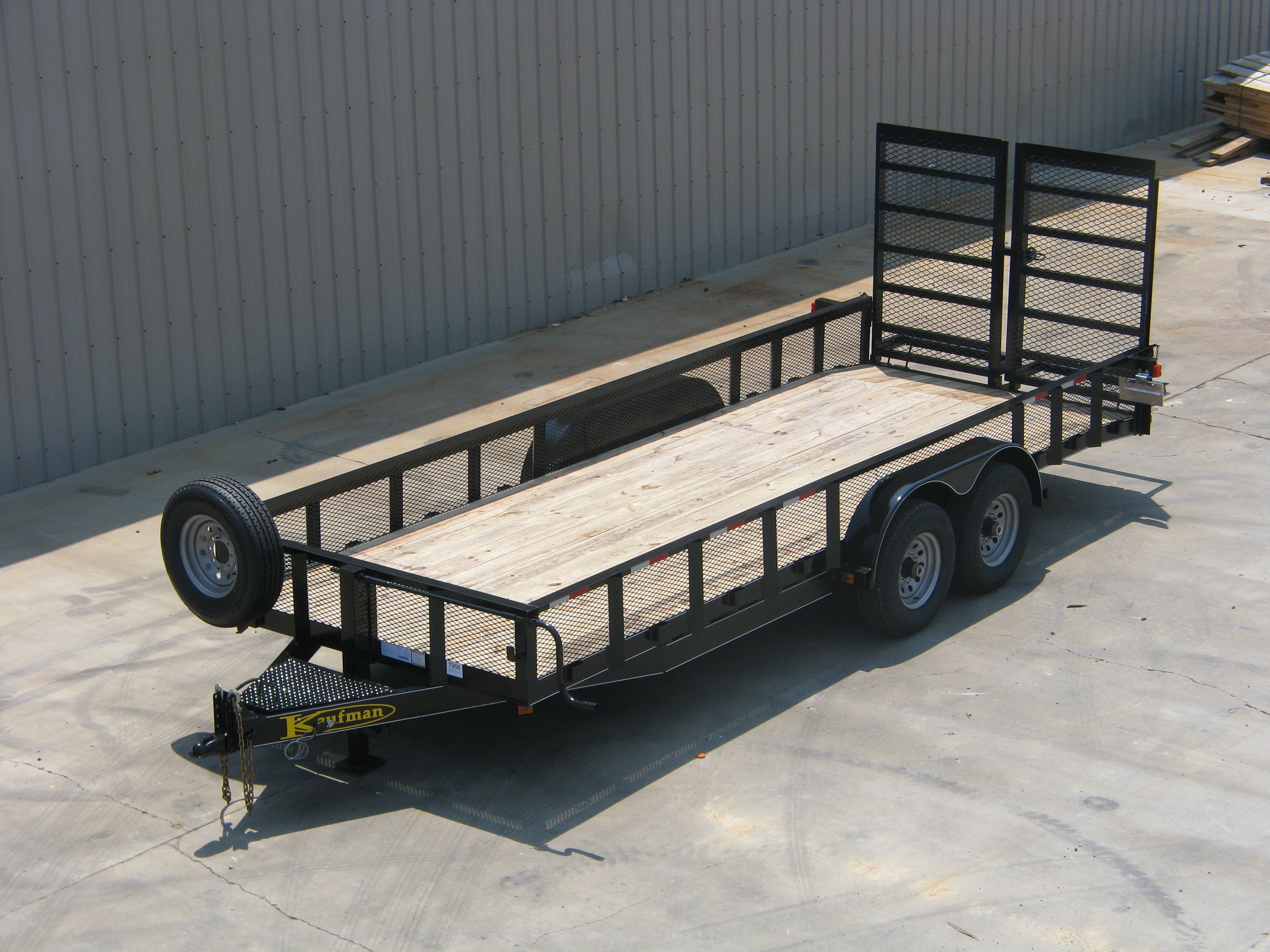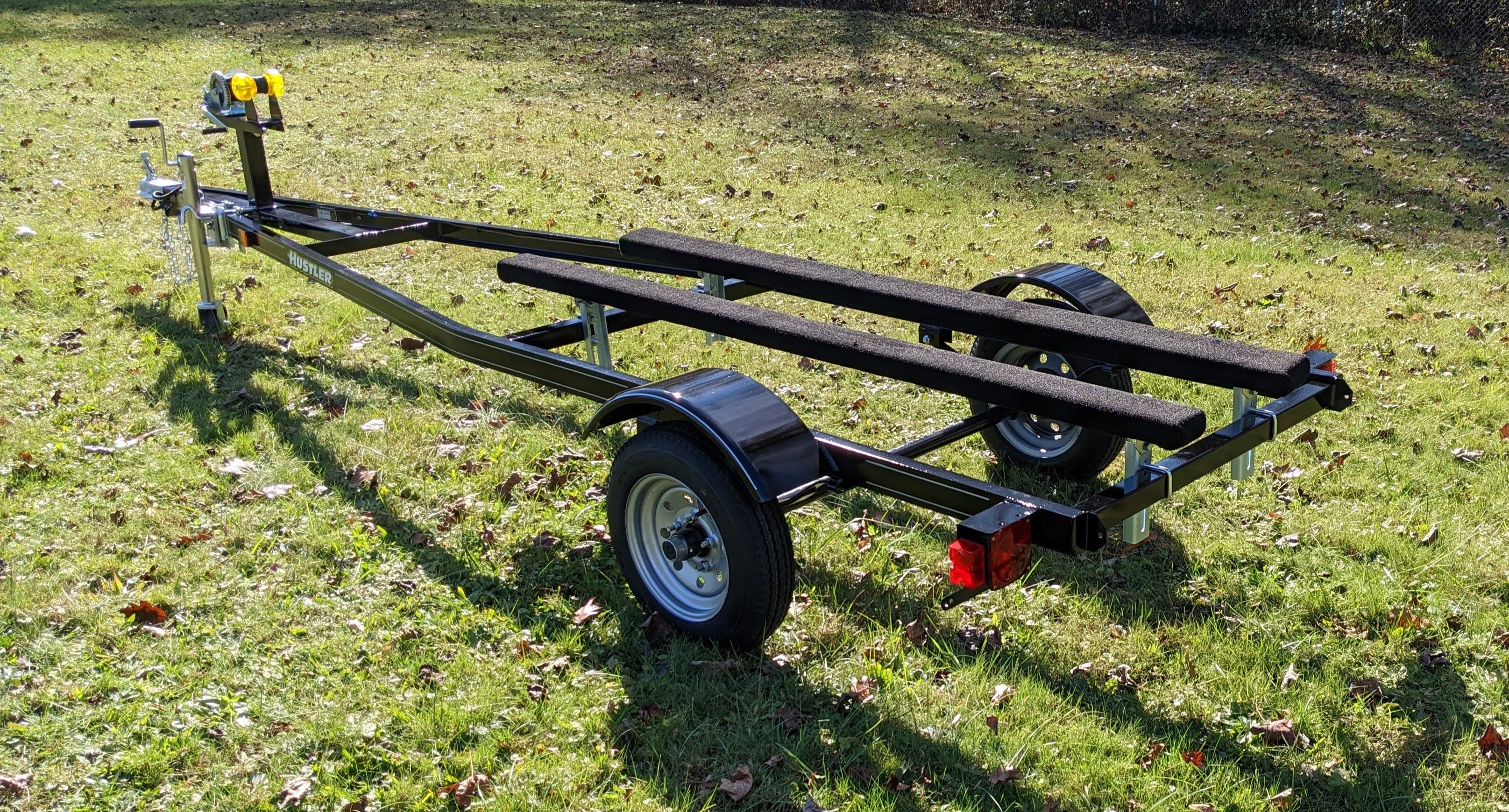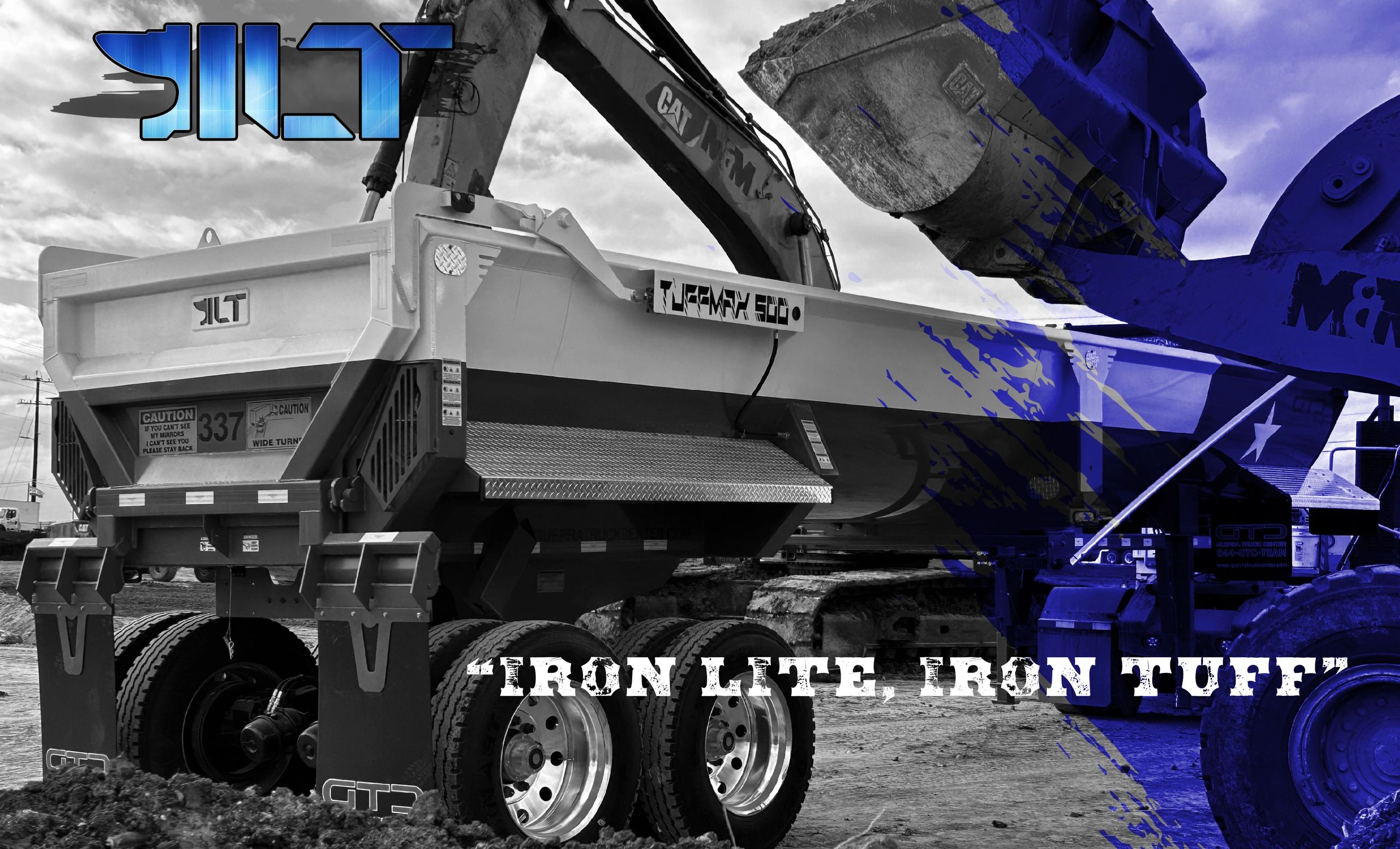Proper installation of trailer light extension cables is crucial for ensuring safe and effective towing. Not only does it facilitate the proper functioning of brake lights, turn signals, and running lights, but it also minimizes the risk of accidents caused by malfunctioning lights. This article will guide you through the step-by-step process of installing your trailer light extension cable, along with valuable insights and tips to make the task easier and more efficient.
Understanding the Importance of Trailer Lights
Trailer lights serve several vital functions:
- Safety: Proper lighting alerts other drivers of your intentions while towing, reducing the likelihood of collisions.
- Legal Compliance: Many jurisdictions mandate that trailers be equipped with functional lights, and failing to comply can lead to fines.
- Visibility: Well-functioning lights increase the visibility of your trailer in low-light conditions, helping to prevent accidents.
According to the National Highway Traffic Safety Administration (NHTSA), improper trailer lighting contributes to numerous accidents each year. Therefore, ensuring that your trailer lights function correctly is essential for both your safety and that of others on the road.
Gathering Necessary Tools and Materials
Before you begin the installation process, gather all necessary tools and materials. Here’s what you will need:
- Trailer light extension cable
- Wire connectors (butt connectors or heat shrink connectors)
- Electrical tape
- Wire strippers
- Crimping tool
- Multimeter (optional, for testing connections)
Having these items readily available will streamline the installation process and reduce the likelihood of interruptions.
Choosing the Right Trailer Light Extension Cable

Selecting an appropriate trailer light extension cable is crucial for ensuring compatibility with your vehicle and trailer. Consider the following factors when making your choice:
- Length: Measure the distance from your vehicle’s electrical connector to the trailer’s lights. Choose a cable that provides ample length without excess slack.
- Wire Gauge: The wire gauge should match the requirements of your trailer’s lighting system. A common gauge for trailer wiring is 14 or 16 AWG.
- Connector Type: Make sure the connector type matches your vehicle and trailer setup. Common types include 4-pin, 5-pin, and 7-pin connectors.
Consult your vehicle and trailer manuals for specific requirements to ensure compatibility.
Step-by-Step Installation Process

Step 1: Disconnect the Battery
Before starting any electrical work, it’s essential to disconnect the vehicle’s battery to prevent any accidental shorts or electric shocks.
Step 2: Locate the Wiring Harness

Find the wiring harness on your vehicle. This is usually located near the rear of the vehicle, often near the bumper. Consult your vehicle’s manual if you have trouble locating it.
Step 3: Prepare the Trailer Light Extension Cable
Carefully strip the ends of the trailer light extension cable to expose the wires. Ensure that you strip only enough insulation to make a good connection—usually about 1/2 inch.
Step 4: Connect the Wires
Using the wiring diagram provided with your trailer light extension cable, connect the wires to the corresponding colors in the vehicle’s wiring harness. Common color codes include:
- Brown: Tail lights
- Yellow: Left turn signal
- Green: Right turn signal
- White: Ground
Use your wire connectors to secure the connections. Crimp the connectors onto the wires using the crimping tool, ensuring a tight fit.
Step 5: Insulate Connections

Wrap each connection with electrical tape to prevent moisture from entering and causing corrosion. If you’re using heat shrink connectors, apply heat with a heat gun to create a waterproof seal.
Step 6: Test the Connections
Before securing everything back into place, reconnect the vehicle’s battery and test the trailer lights to ensure they are functioning correctly. Use a multimeter if necessary to check for continuity and proper voltage.
Step 7: Secure the Cables

Once you confirm that everything is functioning properly, secure the cables along the frame of the vehicle and the trailer. Use zip ties or clamps to prevent the cables from hanging loose, which could lead to damage or disconnection while on the road.
Common Mistakes to Avoid

Even experienced DIYers can make mistakes during installation. Here are some common pitfalls to watch out for:
- Wrong Wire Connections: Double-check your connections against the wiring diagram to avoid miswiring.
- Neglecting Ground Connections: A poor ground connection can cause erratic light behavior. Ensure the ground wire is securely attached to a clean, bare metal surface.
- Using Incorrect Tools: Using the wrong tools can damage wires and connectors, leading to faulty connections.
Maintenance Tips for Trailer Light Systems
Once you have successfully installed your trailer light extension cable, it is important to maintain the system to ensure longevity and proper functionality. Here are some maintenance tips:
- Regularly inspect the wiring for signs of wear, fraying, or corrosion.
- Clean the connectors periodically to prevent corrosion buildup.
- Check the lights before each trip to ensure they are functioning properly.
Proper installation of your trailer light extension cable is essential for safe towing and compliance with legal requirements. By following the outlined steps and avoiding common mistakes, you can ensure your trailer lights function correctly, enhancing safety on the road. Remember to maintain your wiring system regularly to prolong its lifespan and performance. With the right preparation and care, you can enjoy trouble-free towing and peace of mind every time you hit the road.

